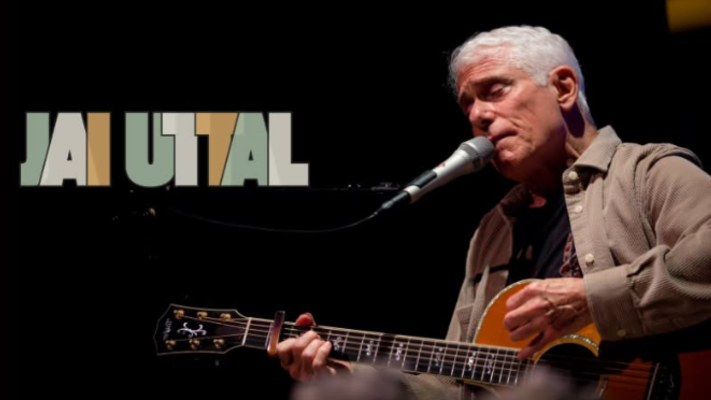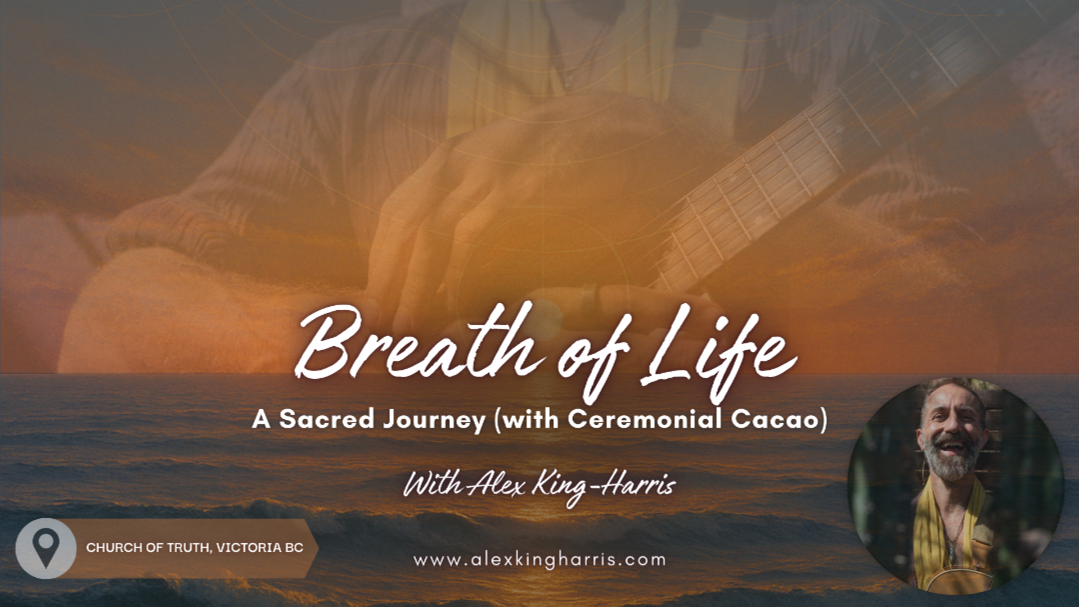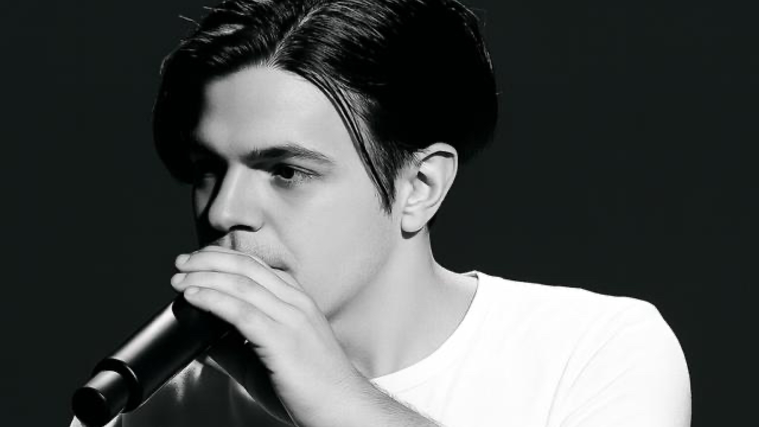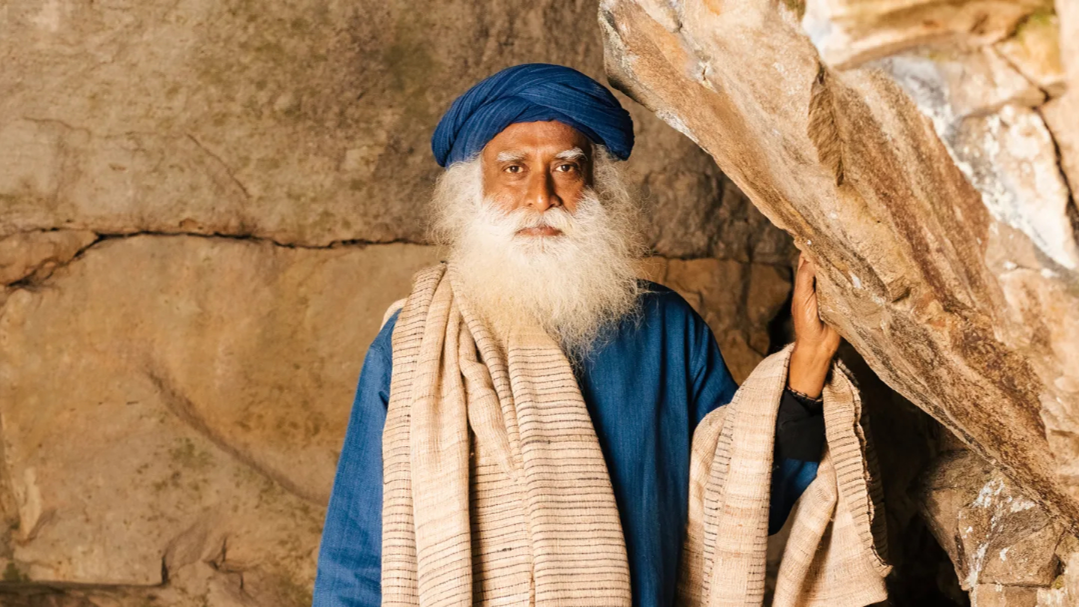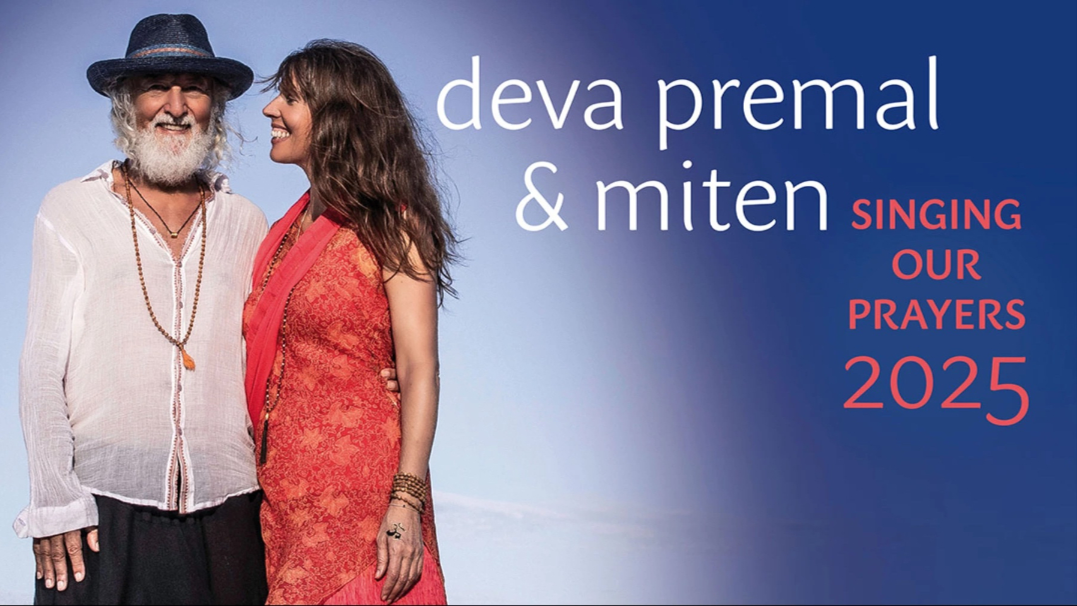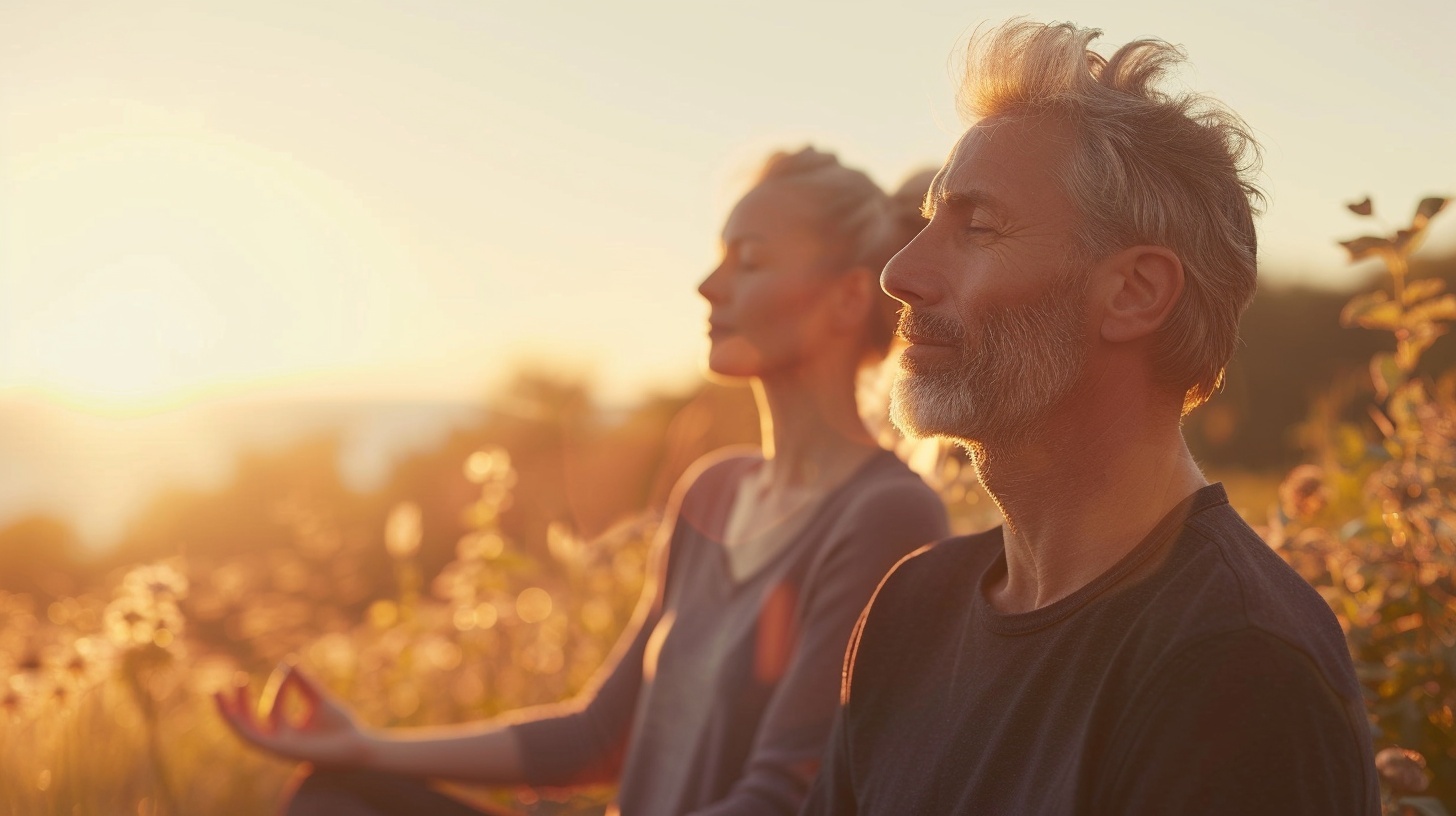
The Plateau That Isn’t a Problem
At a certain point on the path, something unexpected happens. The search stops. The fireworks of awakening have already come and gone — maybe gradually, maybe all at once — and what remains is an ordinary, luminous awareness that doesn’t seem to go anywhere.
Meditation still happens. Yoga still feels good. Prayer still flows. But the sense of needing them — of reaching toward some future moment of completion — has quietly dissolved. Many practitioners describe this as a “plateau.” Yet it’s not stagnation. It’s stabilization.
In the early years of practice, the nervous system and psyche are in active re-patterning. Each retreat, mantra, or breath reveals something new. But after awakening, consciousness itself becomes the baseline. The practices that once opened doors now simply keep the windows clean.
From Progress to Presence
Before awakening, practice carries the flavor of aspiration — the hope of getting somewhere. After awakening, it becomes expression — the joy of simply being.
A musician doesn’t stop playing after mastering her instrument; she plays because music has become her language. In the same way, meditation no longer aims at stillness — it is stillness expressing itself through the body-mind.
This shift is profound. The metrics of “deep” or “shallow” meditation fall away. There’s no scoreboard, no pursuit of samadhi. Sitting quietly or walking mindfully becomes like breathing — effortless, natural, and free of self-evaluation.
This is where the practice truly becomes play.
Why the Plateau Feels Uncomfortable
Even though awakening brings peace, the mind often resists the loss of a mission. For years, the structure of striving gave direction: the next retreat, the next teacher, the next insight. When that scaffolding disappears, a quiet disorientation can arise — a sense that nothing is happening anymore.
But “nothing happening” is not failure; it’s fruition. The absence of drama is the presence of reality. The plateau is not an obstacle but a resting place — a period of integration where the nervous system learns to live without effort.
In modern psychological terms, this phase could be compared to homeostasis after transformation. Just as the body stabilizes after intense exercise, consciousness stabilizes after the energetic upheavals of awakening. Practices like yoga, chanting, or mindful movement serve as gentle recalibration — ways for the body to harmonize with what the mind already knows.
Practice as Maintenance, Not Medicine
Many awakened practitioners describe continuing their daily disciplines not because they need fixing, but because the body-mind still benefits from tuning.
Just as exercise keeps muscles supple, meditation keeps perception clear. The difference is intention. Before awakening, we practiced to reach awakening. After awakening, we practice because it feels good — because it’s a form of love.
The breath, mantra, or movement becomes an act of devotion, not self-improvement. The emphasis shifts from transcendence to embodiment. You’re not escaping the human form; you’re letting consciousness fully inhabit it.
In this light, the plateau becomes a phase of refinement — polishing the mirror, not searching for it.
When Practice Arises Naturally
After awakening, practice unfolds spontaneously. It’s not an obligation but a natural rhythm — like singing when the heart feels light, or stretching when the body longs to move.
A seasoned musician doesn’t force herself to play every day; she plays because the music calls. Likewise, the awakened one practices when inspiration arises, not out of duty. When silence calls, one sits. When movement flows, one moves.
In this stage, consistency is no longer a virtue measured by repetition but by authenticity. The measure is sincerity, not schedule. There is no “dryness” because nothing is done against the current of being. Practice becomes an intuitive dance with life — spontaneous, alive, and uncontrived.
From Discipline to Delight
The word “discipline” shares roots with “disciple” — one who learns through devotion. In the early path, discipline feels like training. After awakening, it feels like tending. You’re not disciplining yourself; you’re caring for what you love.
This change in tone transforms everything. The mat becomes a playground. The mantra becomes music. The breath becomes prayer. Practice ceases to be something you do — it becomes something existence does through you.
At this point, the notion of practice itself starts to dissolve. You’re simply living — and life itself is the meditation.
Embodiment: Living the Realization
Awakening without embodiment can remain abstract — a beautiful insight without roots. Continued practice, approached playfully, allows consciousness to inhabit every cell.
This is where spiritual maturity ripens: when insight meets incarnation. The light that once illuminated the mind now suffuses the body, relationships, and work. The boundary between practice and life disappears.
Embodiment isn’t about achieving perfection; it’s about inclusion — allowing the full human range to exist inside awareness without resistance. Laughter, grief, desire, fatigue — all become movements of the same ocean.
Living Beyond the Path
Eventually, even the idea of being “on a path” dissolves. There is no seeker left, no path to walk, no goal to reach — only the unfolding of consciousness as this moment.
This realization doesn’t make practice obsolete; it makes it sacred again. You may still meditate, chant, or bow — not because you need to awaken, but because the heart loves to express itself in these ways.
It’s like a painter who keeps painting long after mastering her craft. The act itself is fulfillment.
When practice becomes play, spirituality returns to its purest form — joy without agenda.
Closing Reflection
Perhaps this is what the plateau really is: not a pause, but a peace that doesn’t demand momentum.
There’s nothing left to reach for — only the gentle maintenance of presence, the daily honoring of being alive. Meditation, yoga, breathwork, service — they’re all love letters from awareness to itself.
After the peak, practice no longer builds the mountain. It’s the echo of the wind across its summit.
